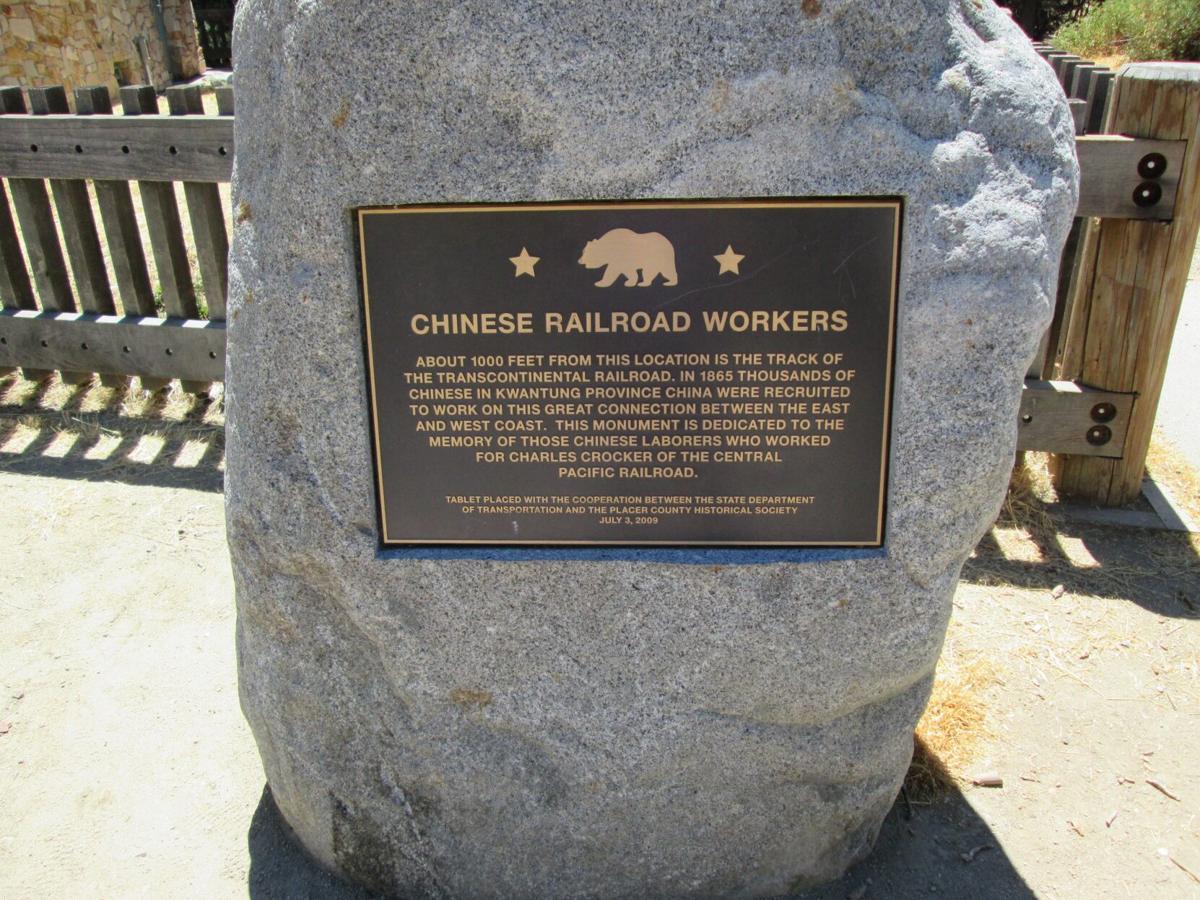Do Now Activity
Find clips from documentaries or news segments on recent recognition efforts for Chinese laborers. Think and discuss why it may have taken so long for Chinese workers to receive recognition.
Learning Objective
Describe what happened to Chinese workers after the completion of the railroad, including their migration to other parts of the country and their contributions to various industries.
Post-Railroad Life
After the completion of the Transcontinental Railroad in 1869, many Chinese laborers found themselves facing a new set of challenges. Despite their vital contributions, they were not invited to the ceremony marking the railroad's completion. With the work finished, many sought employment in cities like San Francisco, or in sectors like agriculture, manufacturing, and fishing.

Chinese field workers washing and packing citrus at Riverside's Whipple Ranch, circa 1886.
Others ventured into mining and established coastal fishing villages. Despite discrimination, these communities endured and contributed greatly to local economies.

Grant Avenue, in Chinatown San Francisco, 1930’s.
Historical Recognition
Recognition of Chinese laborers began in the late 20th century. Sites like the Golden Spike National Historic Site now include tributes to these workers, and historians like Gordon Chang have helped reshape the narrative through scholarship and advocacy.

Chinese Railroad Workers Marker in Gold Run Rest Area East Bound, California.
Organizations like the Chinese Historical Society of America and annual commemorations help preserve memory and spread awareness through education, exhibits, and outreach.

Descendants of Chinese railroad workers recreate the iconic Promontory Summit photo on the 145th anniversary of the railroad's completion.
Final Activity
Research primary sources such as letters, newspaper articles, and diary entries from Chinese laborers or their contemporaries. Share findings with your peers and discuss the challenges faced by the workers and their impact on American history. Write a journal entry reflecting on this lesson, including your thoughts on why the contributions of Chinese laborers were overlooked, and what more can be done today to honor their legacy.
